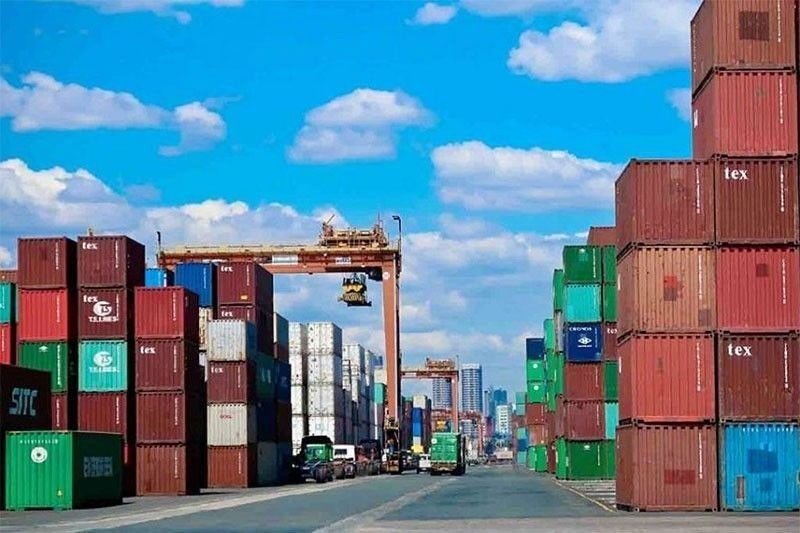October 31, 2025 | 12:00am
MANILA, Philippines — The country posted a smaller trade deficit in September from a year ago as exports’ growth outpaced the increase in imports.
Preliminary data from the Philippine Statistics Authority (PSA) yesterday showed that the balance of trade in goods, or the difference between exports and imports, amounted to a $4.35-billion deficit in September, down by 15 percent from the $5.10 billion gap in the same month last year.
The September trade shortfall, however, widened compared to the previous month’s deficit of $3.99 billion.
“With the trade deficit narrowing for a third straight month in September, merchandise trade will likely have a positive contribution to overall GDP (gross domestic product) growth in the third quarter,” Chinabank Research said in a commentary.
As of end-September, the country’s trade gap had narrowed to $37.18 billion from $39.43 billion in the same period last year.
The country’s export sales rose by 16 percent to $7.25 billion in September from $6.26 billion in the same month of 2024.
Philippine Institute for Development Studies senior research fellow John Paolo Rivera said in an email that the higher exports likely reflect a rebound in demand for electronics and manufactured goods, favorable global commodity prices and some volume recovery ahead of the year?end holiday rush.
Electronic products remained the country’s top exports, with sales amounting to $4.02 billion, 28 percent higher than $3.15 billion in the same month last year.
In terms of export markets, the United States reclaimed the top spot, accounting for $1.11 billion or 15.3 percent of total exports in September.
The country’s total exports from January to September climbed by 13 percent to $63.02 billion from $55.71 billion in the same period in 2024.
PSA data also showed that the country’s imported goods increased by a tepid two percent to $11.60 billion in September from $11.36 billion in the same month last year.
Electronic products posted the highest imports value in September amounting to $3.05 billion, up by 26 percent from the previous year’s $2.41 billion.
China remained the biggest source of the country’s imports, accounting for $3.29 billion or 28 percent of the total in September.
Goods imported from January to September rose by five percent to $100.19 billion from $95.14 billion in the same period last year.
“Moving forward, efforts to improve market access to various countries and to deepen regional integration (e.g., ASEAN-China Free Trade Agreement 3.0 Upgrade) could lend support for local industries amid US (United States) protectionism,” Chinabank Research said.
Despite the tariffs imposed by the US, Rivera said Philippine exports may continue increasing through the final quarter if global demand holds up and supply chain disruptions remain limited.

“However, the upward trend is not guaranteed. Heightened tariff risk, weaker external demand or input?supply constraints could temper gains,” he said.
As the US recently reached trade deals to grant zero tariff for some products coming from Thailand, Malaysia, Cambodia and Vietnam, Philippine Chamber of Commerce and Industry chairman George Barcelon said in an interview with Money Talks aired on One News that businesses also want the country to have a similar arrangement.
“So we would like to have selected sectors or industry that would be given this zero tariff rating for us to be more competitive,” he said.


